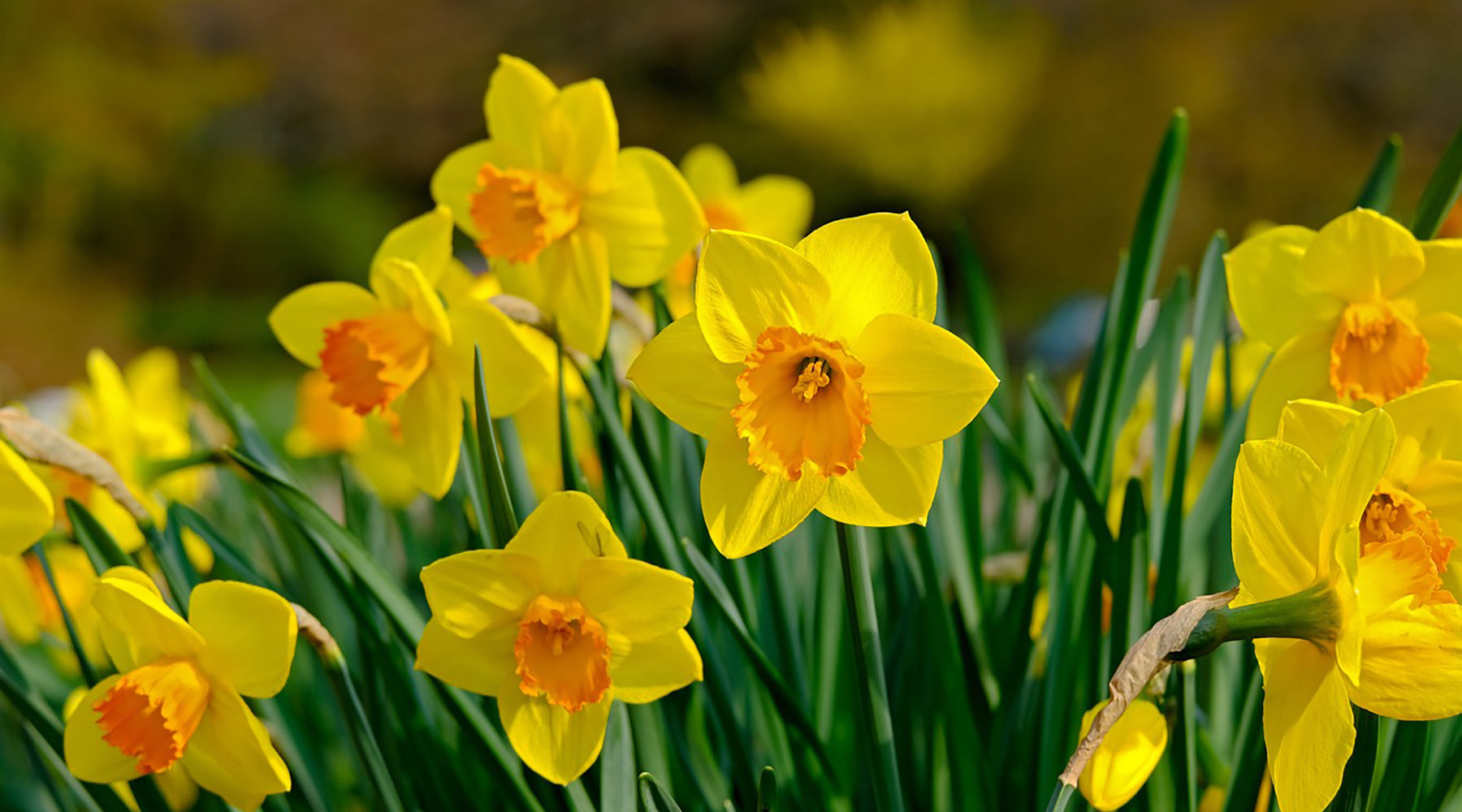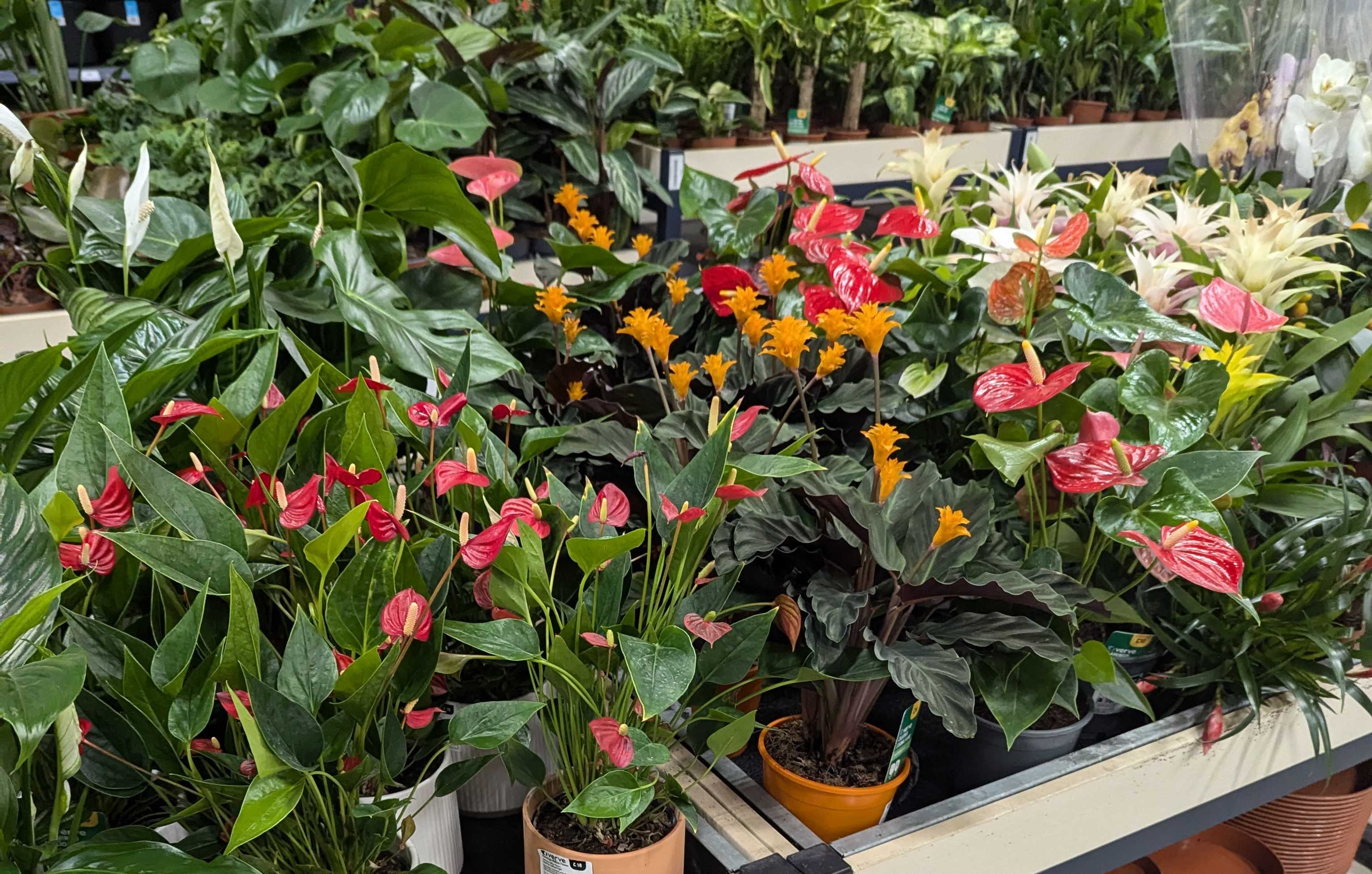
Your garden jobs for March
The arrival of March signals the arrival of spring, whether you measure from the first of the month (meteorologically) or the equinox on 20th (astronomically). We change back to British Summer Time at the end of the month, too. At the Garden Centre, we’ll be keeping an eye out for Compost Week (10th-16th: look out for offers in store!) and Community Garden Week (from 31st March) when we’d love to hear from any local community gardeners. And, of course, don’t forget Mother’s Day on 30th March too – we have some lovely gifts in stock!
With brighter days and warmer weather, March is the time to get out into your garden, allotment or balcony. Here are some seasonal jobs to be doing this month.
Plant and Sow
Most gardeners can’t wait to get started on actually growing things and March is a great time to plant almost anything. With the soil warming up, take that opportunity to establish plants or seedlings just before they get into glorious growth. March is traditionally the time to plant roses so why not find a new statement plant for your garden?
Although some seeds will germinate earlier, March is the month when seed sowing begins in earnest here.
If you’re keen to start sowing outside, you can help your soil to warm up by placing cloches or glass over it. Crops like parsnips are slow to germinate and need a long growing season so it’s good to get them in the ground now. Other hardy veg, like spinach, can be sown outside too, although you might want to cover them with fleece or a cloche until they get established. If you’re sowing carrots in the ground, you’ll want to protect them too, but more from carrot root fly than the weather!
Of course, indoors, you can start most annual summer flowers (like black-eyed Susan or cosmos), any crops destined for the greenhouse (tomatoes, chillies, aubergines) and even get a head start on crops for your vegetable plot (lettuce, parsley and runner beans, for example).
(If you're new to seed sowing, you might find our general tips useful, here.)

Start new plants yourself with cuttings
Perennial plants – like dahlias and lupins – are beginning to burst into life again so now can be a good time to take cuttings from them. Select a healthy young shoot (what we’d call ‘softwood’ because it’s still flexible) that doesn’t look like it will carry a flower head and is between 5-10cms long (2-4 inches). With a clean and very sharp knife or secateurs, cut the shoot from the main plant, preferably close under a nodule or leaf joint. As soon as you can, remove most of the leaves and push the shoot straight into a pot of moist but free-draining compost. If you can’t plant it immediately, seal the cutting in a plastic bag to prevent it loosing moisture until you can plant it.
Set the pot somewhere sheltered and keep it moist but not saturated (as your cutting will just rot). When you can see roots at the bottom of the pot and signs of new growth at the top, you know you’ve been successful and you can pot on your ‘baby’ plant. Of course, some plants will naturally take longer than others to ‘take’ so don’t give up too soon!
Post-winter tidy
It’s recommended that you don’t do a big tidy until daytime temperatures are regularly 10’C (50’F) or more, so that all the insects who have been sheltering in your seedheads and foliage aren’t made homeless in the cold weather. So well done if you have managed to hold off clearing up your garden until now!
Clear out and compost old foliage and stems around the garden, ready for the new growth to appear. Don’t forget to remove newly germinated weeds, too, before they get too big. And, if you can, mulch your newly cleared beds and borders with a generous layer of compost to help retain moisture and suppress further weed growth. (Now is a great time to start a compost heap if you don’t already have one; read our tips for that here).

Let in the light!
Now is the time to think about letting more light into your greenhouse, particularly now there is more daylight around. If you’ve added extra insulation for the winter, remove it now and clean all the windows, inside and out, both to maximise the light and get rid of any hidden bugs. Please don’t use chemical cleaners; a solution of hot, soapy water is generally good enough but household ingredients like white vinegar, lemon juice and tea tree oil can give an antibacterial boost.
As well as light, think about letting more air into your greenhouse, potting shed or cold frame too. Opening doors, windows and vents on sunny days helps prevent a build-up of humidity that may encourage moulds and mildews.
Dead head
As your spring bulbs finish flowering, snip off the dead flower heads, leaving the foliage to die back naturally. Cutting off the stems and leaves might look tidier, but it will almost certainly mean you have poorer displays next spring. Any sunlight the leaves can take in now will send energy back into the bulb ready for a good showing next year.
Deadheading any winter or spring bedding plants will help to keep them flowering a little longer, too. And it’s not too late to prune roses if you haven’t had the chance yet. (Refer to this handy RHS pruning guide for advice on your particular type of rose )
Further Reading
If you'd like to plan ahead, read our suggestions for what to plant in April here.



Leave a comment
This site is protected by hCaptcha and the hCaptcha Privacy Policy and Terms of Service apply.